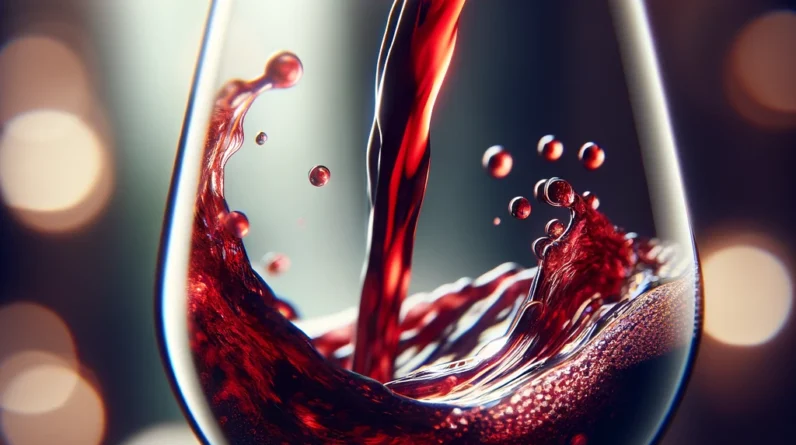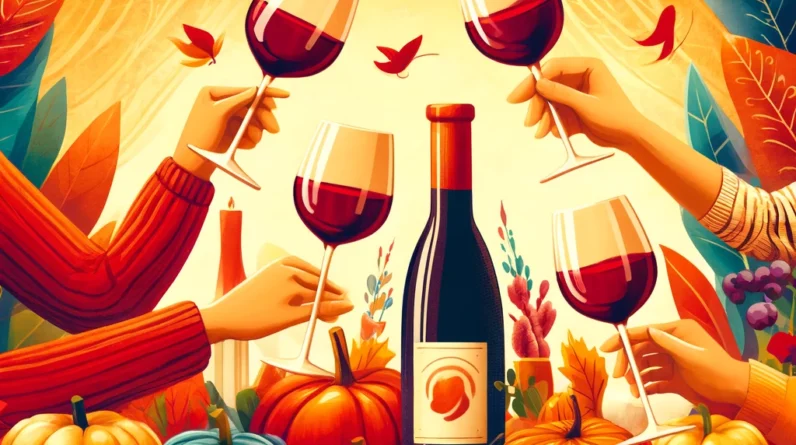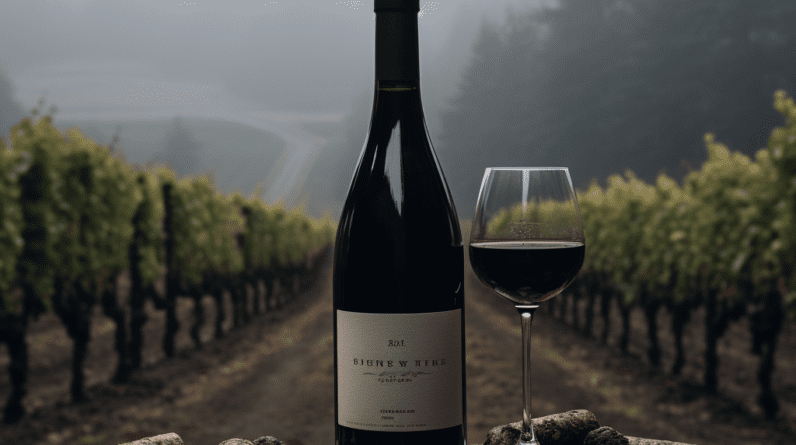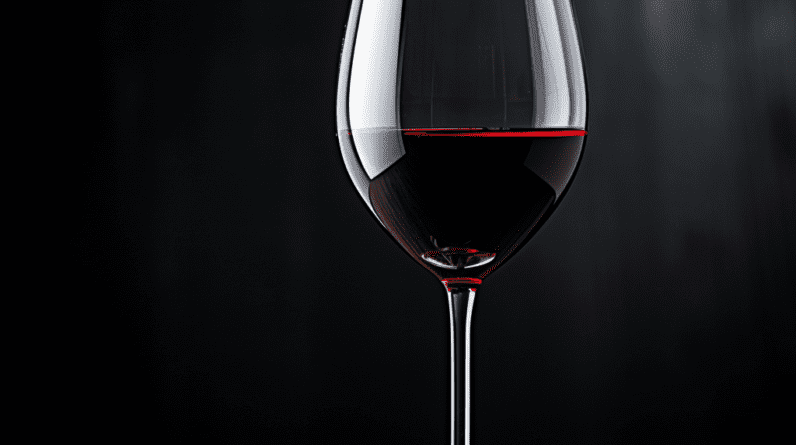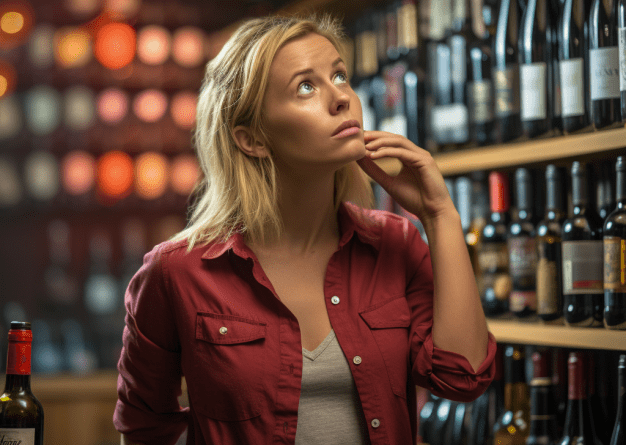
Historical Significance of Winemaking
Did you know people have been making wine for over 8,000 years?
It’s a practice as old as civilization itself.
Wine has graced royal tables, been a staple in homes, and featured in religious ceremonies.
Its history is rich and fascinating.

The Uniqueness of Red Wine Production
While winemaking itself is ancient, the method of producing red wine stands out.
The secret? It’s all in the grape skins.
But there’s more to this intriguing process.
The Pursuit of Perfect Grapes
Role of Anthocyanin in Determining Wine Color
Have you ever wondered about the deep, luscious color of red wine?
Anthocyanin, a pigment found in black grape skins, is the hero.
Without it, red wine would look quite different!
Importance of Grape Ripeness During Harvest
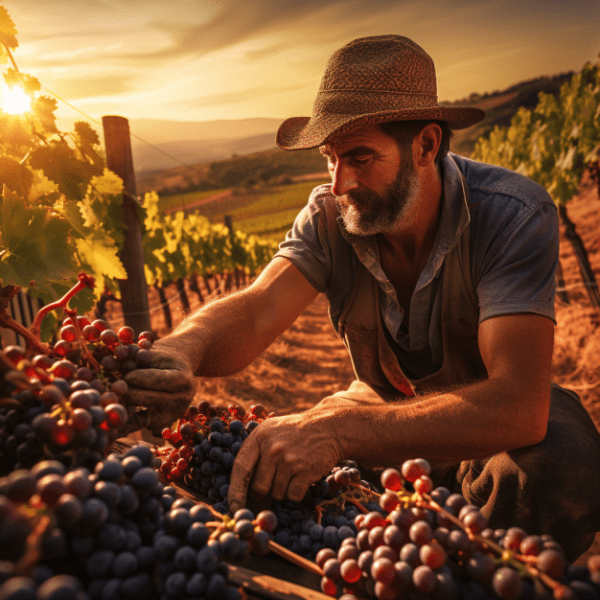
Harvesting grapes isn’t just about picking them off the vine.
It’s about timing.
For that perfect glass of red, grapes need to be harvested at the pinnacle of ripeness.
Potential Outcomes of Early and Late Harvesting
Rush the process, and you might get a wine that’s thin and tart.
Wait too long, and it can taste flabby.
Precision is key.
Priming the Grapes
The Winery as the Next Destination Post-Harvest
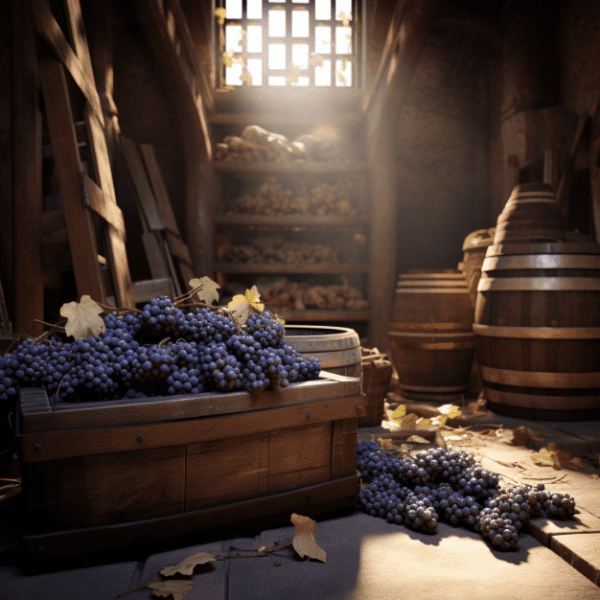
Once the grapes are picked, off they go to the winery.
Think of it as a spa for grapes.
This is where transformation begins.
Decisions on Stem Retention and its Impact on Flavor
To stem or not to stem?
Keeping the stems can add astringency, giving the wine an extra bite.
Yet, not all grapes get this treatment.
The choice affects the wine’s taste and feel.
Role of Sulfur Dioxide in Preventing Spoilage
Sulfur dioxide sounds fancy, but it’s a must-have.
It’s a safety net, ensuring the grapes don’t spoil prematurely.
Initiating Fermentation
The Sugar Feast for Yeasts
This is where magic happens.
Yeasts feast on grape sugars, producing alcohol.
It’s nature’s own brewery.
Differentiation Between Commercial and Naturally Occurring Yeasts
There are two paths to fermentation: commercial yeasts for consistency or wild yeasts for complexity.
The choice can change the wine’s very soul.
Mastering the Art of Fermentation
Techniques to Immerse Grape Skins
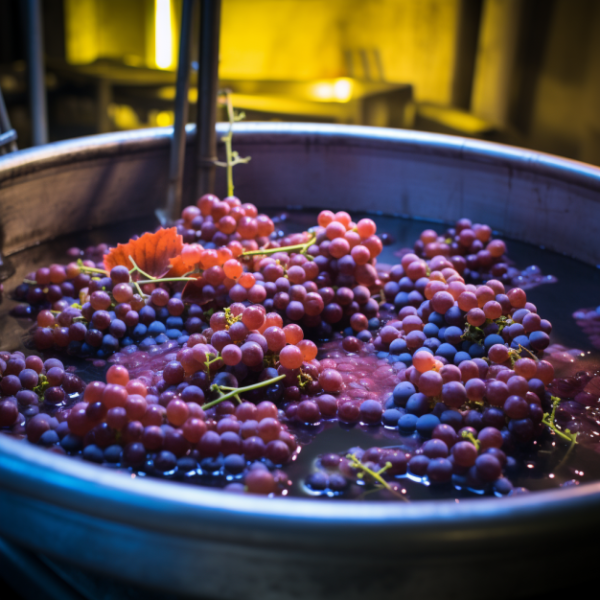
Remember those grape skins?
They have to mingle with the juice.
Some winemakers stir; some pump the wine over the top, while others punch it down.
Comparing Methods like Pumping and Punch Downs
Pumping gives you robust flavors.
Punching down, on the other hand, offers subtlety.
It’s a matter of preference.
Impacts on the Final Flavor and Aroma of the Wine
Every decision made influences the wine’s final character.
From aroma to taste, it’s all a meticulous craft.
Malolactic Fermentation: The Second Wave
Understanding the Transformation of Acids
Here’s another transformation: sharp malic acid turns into smoother lactic acid.
Ever found red wine creamy?
Now you know why.
The Distinction Between Red and White Wines Undergoing This Process
While most red wines undergo this, only a few whites like Chardonnay do.
That’s why some whites have a buttery taste.
The Art of Aging or “Elevage”
Different Vessels Used in Aging Wine
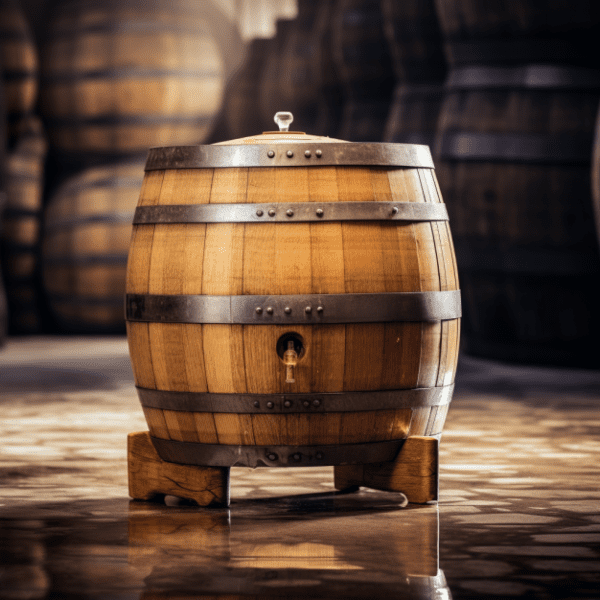
From wooden barrels to concrete tanks, each vessel imparts something unique to the wine.
How Time Influences the Flavor and Character of Wine
With time, wine evolves.
It becomes smoother, nuttier, and more refined.
The Blending Challenge
The Role of a Winemaker in Blending Varieties
Blending isn’t just mixing.
It’s an art, a palate-driven challenge where wines are harmoniously combined.
The Sensory Experience of Blending: Palate Over Nose
Trust your taste buds more than your nose.
They often know better.
Clarifying the Wine
Introduction to Fining Agents and Their Purpose
Fining agents, like egg whites or bentonite clay, help clear up the wine.
Think of them as clarity gurus.
Debating the Pros and Cons of Fining and Filtering
While many vouch for them, some purists argue against them.
They believe fining and filtering might rob the wine of its essence.
Bottling and Preserving
Ensuring Minimal Oxygen Exposure During Bottling
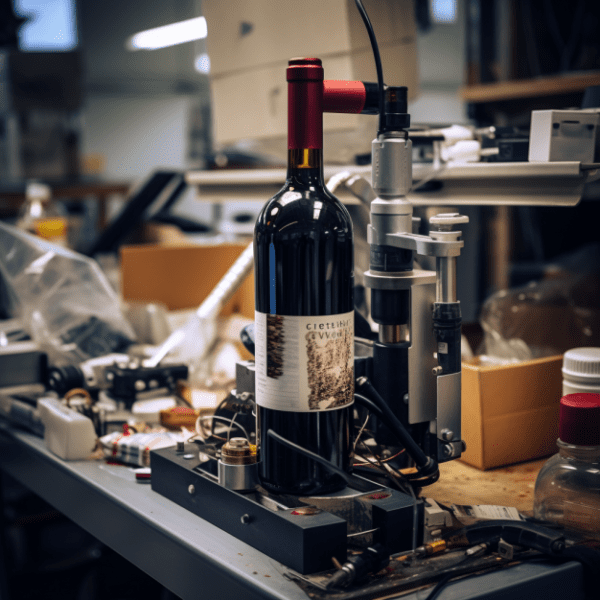
Oxygen is wine’s enemy.
Bottling is done carefully, ensuring as little air gets in as possible.
Use of Sulfur Dioxide in Preservation
A tad of sulfur dioxide, right before sealing the deal, ensures the wine stays fresh.
Bottle Aging: The Final Step
Importance of Bottle Aging in Certain Wine Varieties
Some wines need extra time in the bottle, maturing to perfection.
Decoding the Characteristics of Aged Wine
Aged wines bring a different experience, with flavors and aromas melding over time.
Reflecting on the Journey from Grape to Bottle
From a single grape to a bottle of wine, it’s a journey of passion, expertise, and time.
So, next time you sip on a red, think about its journey. Each glass holds a world of flavor, history, and craft.
While you are sipping on that wine, remember it’s worth it to enjoy your wine from the best glasses! Check this out.
FAQ
Q: Does the type of yeast used affect the wine’s flavor?
A: Yes, commercial yeasts ensure consistency while natural yeasts can introduce complex aromatics.
Q: How long do wines typically age in bottles?
A: It varies. While some are best enjoyed young, others, like Rioja, benefit from extended aging.
Q: Are all red wines made using grape skins?
A: Yes, the skins give red wine its distinct color and flavor profile.
Q: Why is oxygen a concern during bottling?
A: Excess oxygen can alter a wine’s flavor and shorten its shelf life.
Resources:



